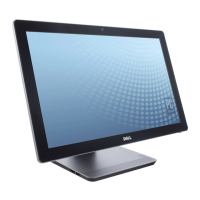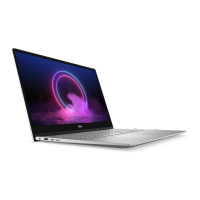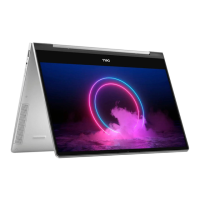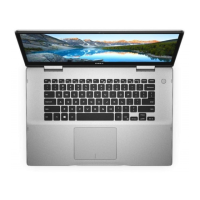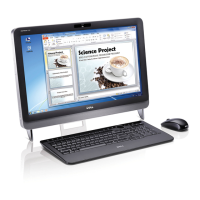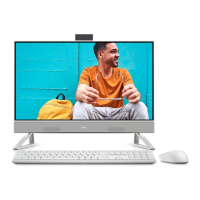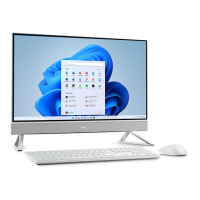About PC Cards
You can install PC Cards that adhere to PCMCIA standards and Release 4.2 of the JEIDA standard.
The computer supports Type I and Type II PC Cards, including:
l Memory devices
— SRAM cards that emulate diskettes
— RAM cards
— OTP ROM cards
l ATA cards that emulate IDE hard-disk drives
The computer also supports I/O cards, including:
l Modem communication cards
l LAN cards
l Wireless LAN cards
l SCSI cards
l Sound cards
You can also use extended PC Cards in the computer.
The PC Card connector supports CardBus technology and ZV port cards.
Installing PC Cards
PC Cards are generally marked with a symbol (such as a triangle or an arrow) to indicate which end to insert into the slot. The cards are keyed to prevent incorrect insertion. If
card orientation is not clear, see the documentation that comes with the card. You can install a PC Card while the computer is running. The PC Card is automatically
detected.
To install a PC Card, hold the card with its orientation symbol pointing into the slot and the top side of the card facing up. Insert the card into the slot, and press in firmly until
the card is completely seated in the internal PC Card connector. If you encounter too much resistance when you insert the card, do not force the card. Check the card's
orientation, and try again.
The computer recognizes most I/O cards and automatically loads the appropriate device driver.
NOTES: The Microsoft
®
Windows NT
®
operating system does not support ZV or DVD/MPEG functions.
A PC Card is not a bootable device.
"Type" of card refers to its thickness, not its functionality.
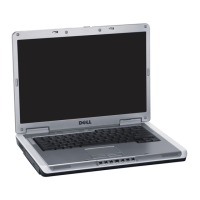
